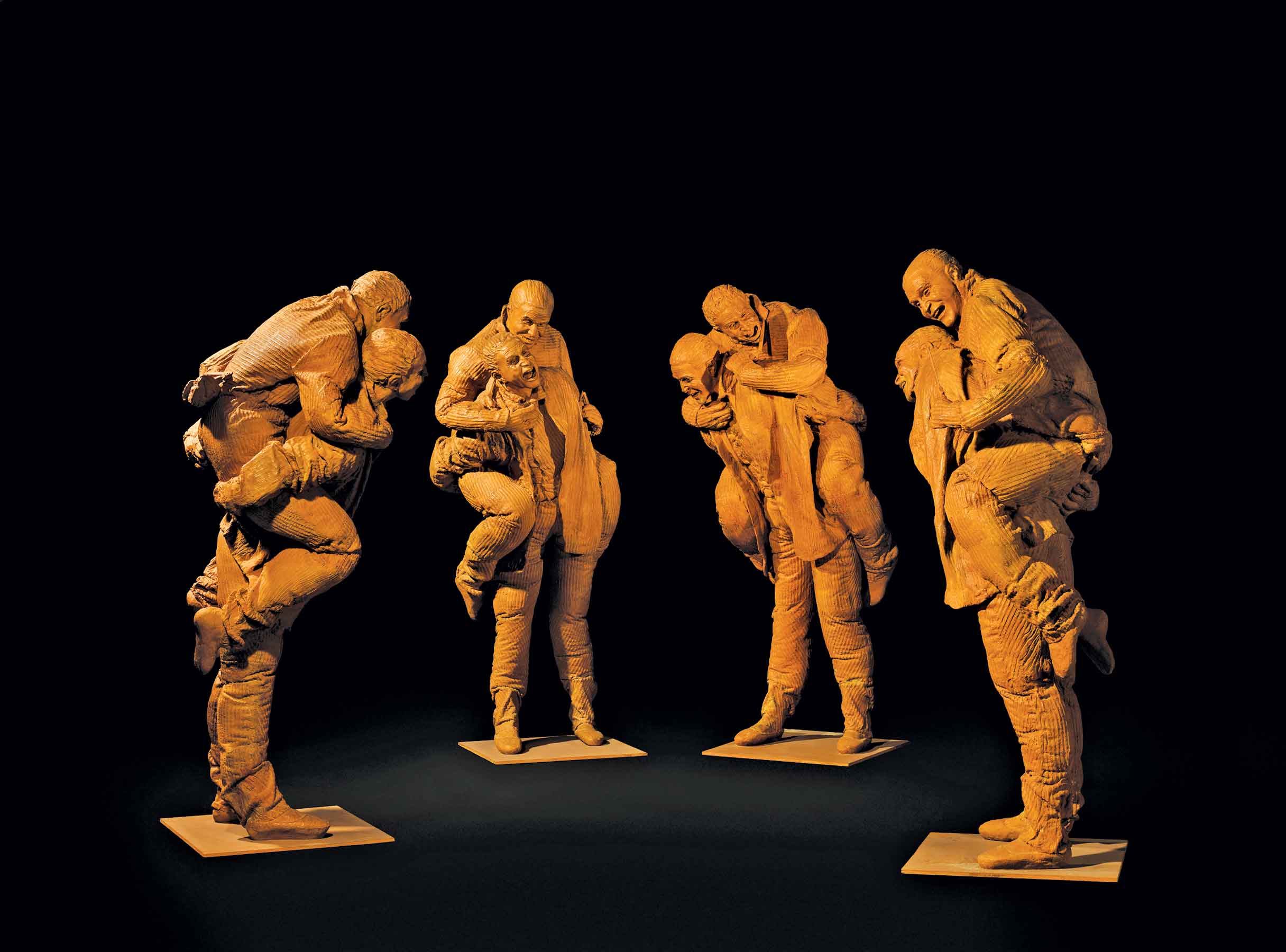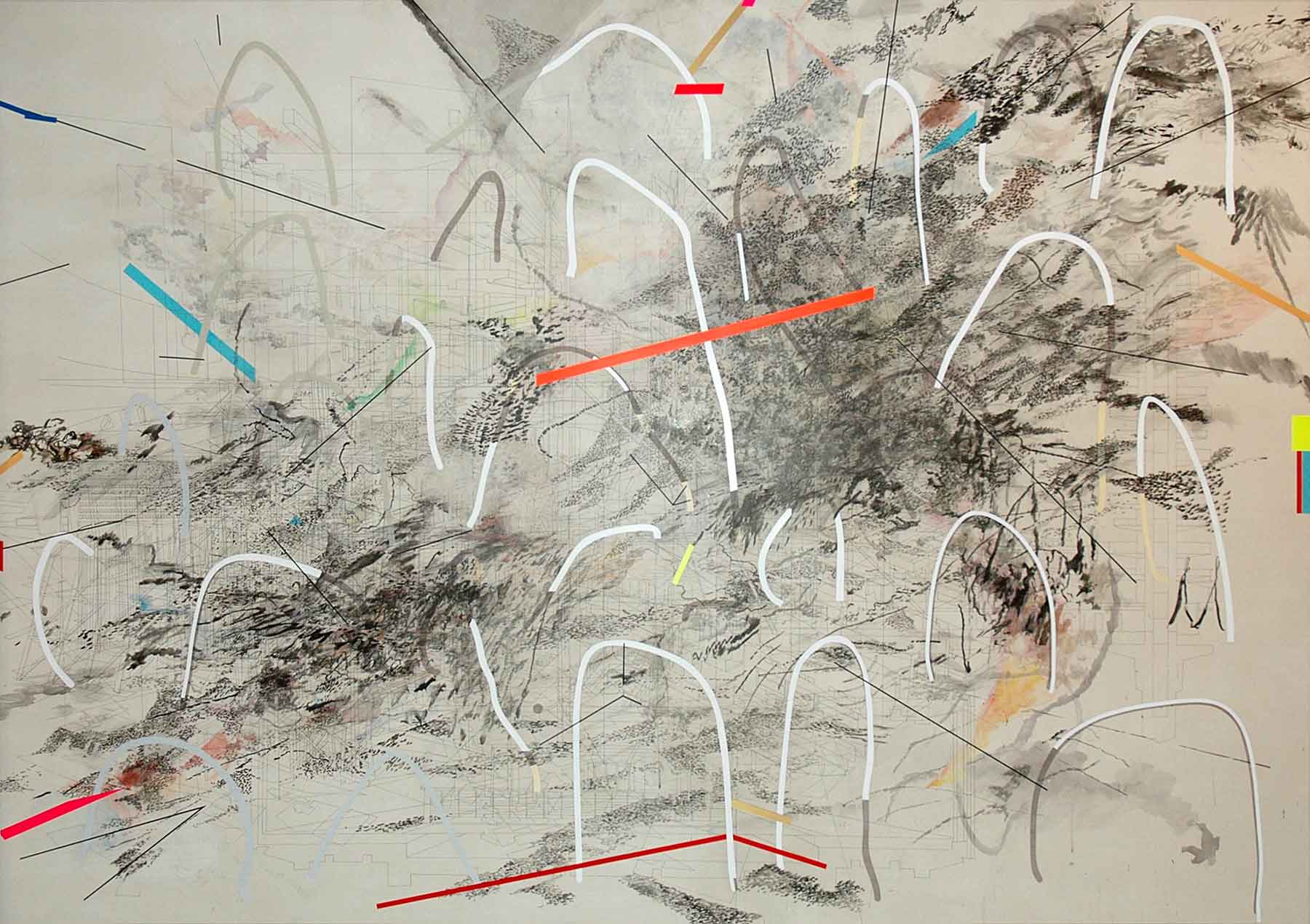« Features
Fundació Sorigué
By Paco Barragán
Culture in general, and the arts in particular, are suffering, paraphrasing Chris Hedges, author of acclaimed The Empire of Illusion, because of “the utopian promises of unfettered capitalism and globalization.” Unlike in the United States, where most museums and contemporary art centers are primarily privately funded or have just a small public contribution, in Europe practically all arts institutions depend on state, regional or municipal funding. But this condition is about to change in most European states due to the severe economic crisis, and countries such as The Netherlands that traditionally have had a large and totally state-funded infrastructure are searching for new mixed models in which private funding takes on a major role.
In Spain, the situation is critical because most museums and art centers are suffering from heavy budgetary cuts, which are a consequence of the economic crisis and reduction of state income. This is killing many institutions, including MUSAC in Leon, Domus Artium (DA2) in Salamanca and even Centro Niemeyer in Aviles, Asturias, which opened its doors just six months ago. Acclaimed as the new Guggenheim, this impressive signature architecture will only operate from Thursday through Sunday after being paralyzed for a couple months.
This gives an idea of how complex the situation is in Spain, where some museums have no directors and other institutions have no programming budget. Consequently, whenever a private initiative makes a bid, stakes are high. This is the case with the private Sorigué Foundation in Lleida, as well as its future space for contemporary art and culture being built by renowned Dutch architect studio Claus en Kaan Architecten. Just 45 minutes away from Barcelona by high speed train, Fundació Sorigué was opened in 1985 by Julio Sorigué Zamorano, owner of the Catalan construction company Sorigué, and his wife Josefina Blasco Clemente. The various companies that comprise the Sorigué Group carry out their expertise in the civil works sector, from the construction of highways, tunnels, bridges and trains to residences, hotels, hospitals, schools, parking garages and hydraulic engineering projects.
In recent years, Fundació Sorigué has been building a small, but interesting collection of around 600 works by national and international artists such as Juan Muñoz, William Kentridge, Bill Viola, Anselm Kiefer, Anish Kapoor, David Hockney, Julie Mehretu, Antonio López, Daniel Richter, Berlinde de Bruyckere and Jaume Plensa.
“We are fully aware that it’s a difficult moment in Spain, but we sincerely think it’s Fundació Sorigué’s social responsibility to give something back to society, and we are very confident that this project with Claus en Kaan Architecten will whisper fresh air into our lives,” says Ana Vallés, the director of the foundation. “On the other hand, we want to stage something new, different, that revolves around the concept of contemporary culture in a large sense. We understand contemporary culture, and particularly visual culture, as an ‘experience’ in which visual arts goes hand in hand with music, theater, DJ and VJ, literature, film and even culinary events. Basically, we want to reflect and analyze the complexities of our media-based and technological society and how culture fits in this new scenario.”
Let’s recall that postmodernism has put a challenging burden on most museums and contemporary art centers that still remains unresolved: From MoMA to TATE to Centre Pompidou, they are all stuck in the old categories of photography, drawing, sculpture, video, painting and performance while we are immersed in a visual culture in which everything is image and the way we receive, manipulate and distribute information is totally different compared to the former literary, or printing, culture. (Lets remember that scholars such as Debray, Jameson and Bourdieu have already questioned the authority of many intellectuals because their knowledge is the result of traditional typographic cultural forms and techniques.)
“We are not interested in competing with traditional museums or contemporary art centers with a program of works from the collection and temporary exhibits,” ” says Artistic Director Julio Vaquero. “Even though we have some really interesting highlights in our collection, it’s just small, and that would be boring. And secondly, as the arts and culture are necessarily contradictory, we need to find new ways and new styles to render it accessible to new and especially young audiences.”
A SPACE FOR ARTS AND CULTURE
This new space for arts and culture that will be built entirely with private funding by the Fundació Sorigué is the result of a two-stage selection process in which Kees Kaan (Claus en Kaan Architecten), Carlos Arroyo (Carlos Arroyo Arquitecto) and Richard Gluckman (Gluckman Mayner Architects) were short-listed to propose their vision for the future building and park in Lleida.
In the end, Fundació Sorigué selected the proposal by Claus en Kaan Architecten, known not only for their buildings but also for their writings and teaching about architecture. The design thoroughly addresses the “warehouse” principle by configuring the building in an L-shape with formal, informal, representative and functional spaces in the park. This allows the building, visitors and surroundings to interact in many ways. It also becomes a symbol of gentle and subtle integration between the building and surrounding landscape. The structure of the building will allow for different configurations, which represents the interdisciplinary and cross-cultural philosophy of the foundation.
Is this the space for the 21st century we have been waiting for? How do entertainment, popular culture and mass media challenge the authenticity and prestige of high arts? Will visual arts and culture not compete as per definition, but revolve around a more critical and complex interpretation and self-awareness of visual culture?
These are some pertinent questions that Fundació Sorigué wants to tackle, eschewing the traditional dichotomy of containment and resistance.
Fundació Sorigué. Alcalde Pujol, 4 25006-Lleida. Spain.
Phone + 34 973 282 080 / + 34 973 706 100
www.fundacionsorigue.com / info@fundaciosorigue.com






































